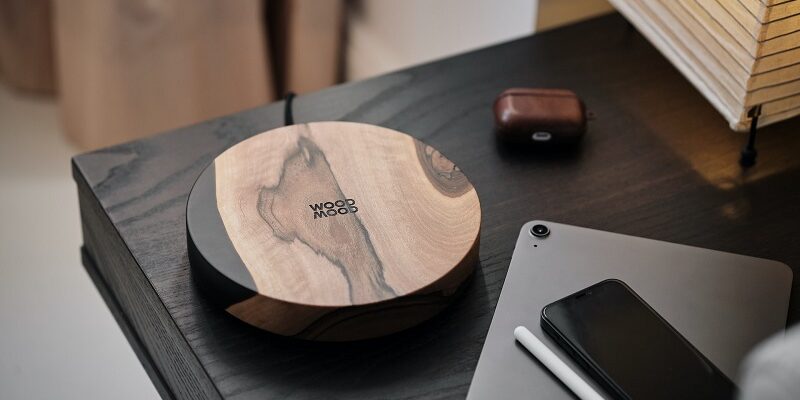Wood and epoxy resin are two materials that, when combined, can create breathtaking pieces of functional art. A wooden and epoxy resin table is a captivating addition to any space, exuding both elegance and a touch of the natural world.
Creating such a masterpiece requires careful planning, precision, and a creative flair. In this guide, we will delve into the step-by-step process of making your own wooden and epoxy resin table.
Gathering Materials and Tools
Before embarking on your creative journey, ensure you have all the necessary materials and tools at hand. You will need a solid wood slab for the tabletop, epoxy resin, protective gloves, safety goggles, a heat gun, mixing containers, a mixing stick, measuring cups, and a release agent.
Additionally, gather sandpaper in various grits, a power sander, clamps, and a well-ventilated workspace.
Preparing the Wood
Begin by preparing the wood slab. Sand the surface using progressively finer grits of sandpaper to achieve a smooth and even finish.
This step not only enhances the wood’s natural beauty but also provides a clean canvas for the epoxy resin. Wipe away the dust using a damp cloth and allow the wood to dry completely.
Creating the Epoxy Resin Mix
Mixing epoxy resin requires precision. Carefully measure equal parts of the resin and hardener according to the manufacturer’s instructions. Combine them in a clean mixing container and stir thoroughly but gently.
Avoid introducing air bubbles into the mix. For added flair, you can tint the epoxy resin with pigments or dyes to achieve the desired color.
Pouring and Enhancing the Resin
Place the wood slab on a raised surface and ensure it’s level using clamps or shims. Apply a release agent along the edges of the wood to prevent the epoxy from sticking. Now, slowly pour the epoxy resin mixture onto the wood’s surface, allowing it to flow naturally.
Use a heat gun to remove any trapped air bubbles by lightly waving it over the surface. This step not only ensures a clear result but also enhances the visual appeal of the resin.
Finishing Touches and Polishing
Once the epoxy resin has cured according to the manufacturer’s instructions, you can remove any overflow or excess resin using a chisel or a scraper.
Proceed to sand the surface using fine grit sandpaper, moving through progressively finer grits until achieving a glass-like finish. A power sander can expedite this process while ensuring an even surface.
The best choice
Crafting a wooden and epoxy resin table is a blend of artistic expression and meticulous craftsmanship. The interplay between the natural allure of wood and the glossy, modern charm of epoxy resin creates a piece that captures attention and ignites conversations.
The process, while demanding attention to detail, rewards you with a functional masterpiece that can grace your living space for years to come. Remember, each step requires patience, precision, and a passion for the art of creating. So, roll up your sleeves, gather your tools, and embark on this creative journey that culminates in a stunning wooden and epoxy resin table you can truly call your own.


